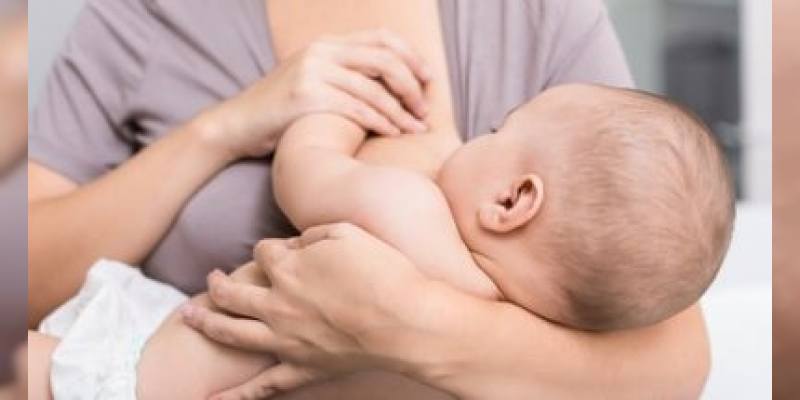
If women who have had breast augmentation surgery become pregnant and want to breastfeed a baby and a child, will the silicone prostheses used in breast augmentation harm the child or the mother? During breast augmentation surgery, silicone prostheses are placed under the breast tissue or the muscle behind the breast tissue. Therefore, prostheses do not damage the breast tissue or milk ducts.
In addition, in some studies on the transfer of silicone into milk, it has been determined that there is a higher level of silicone in cow's milk and baby foods on the market than in the milk of women with breast prostheses.
Breast Augmentation Surgery does not harm the breast tissue. Therefore, they do not pose any risks or problems for breast augmentation and breastfeeding. In fact, women who wear silicones state that their breasts and nipples are supported from below by breast silicones, and their breasts and nipples protrude. This may help their babies to breastfeed more easily. Use on the breast silicone baby does not melt while sucking.
Breast prostheses made of silicone have been used by thousands of women for decades. As a result of current clinical knowledge and experience, our current knowledge is that, with a few exceptions, breast silicones do not have any significant side effects.
The FDA (U.S. Food and Drug Administration) American Food and Drug Administration announced that breast prostheses made of silicone can be used in all kinds of aesthetic interventions at the end of intensive clinical studies and allowed them to be used in the USA on November 17, 2006.
Breast prosthesis can make it difficult to follow the masses in the breasts with mammography. For this, breast tissue can be examined with breast ultrasonography and magnetic resonance imaging instead of mammography. Today, as the number of women with breast prosthesis is increasing, some radiology centers can also apply mammography to silicone breasts.
You can complete all your transactions faster by making an online appointment quickly...
